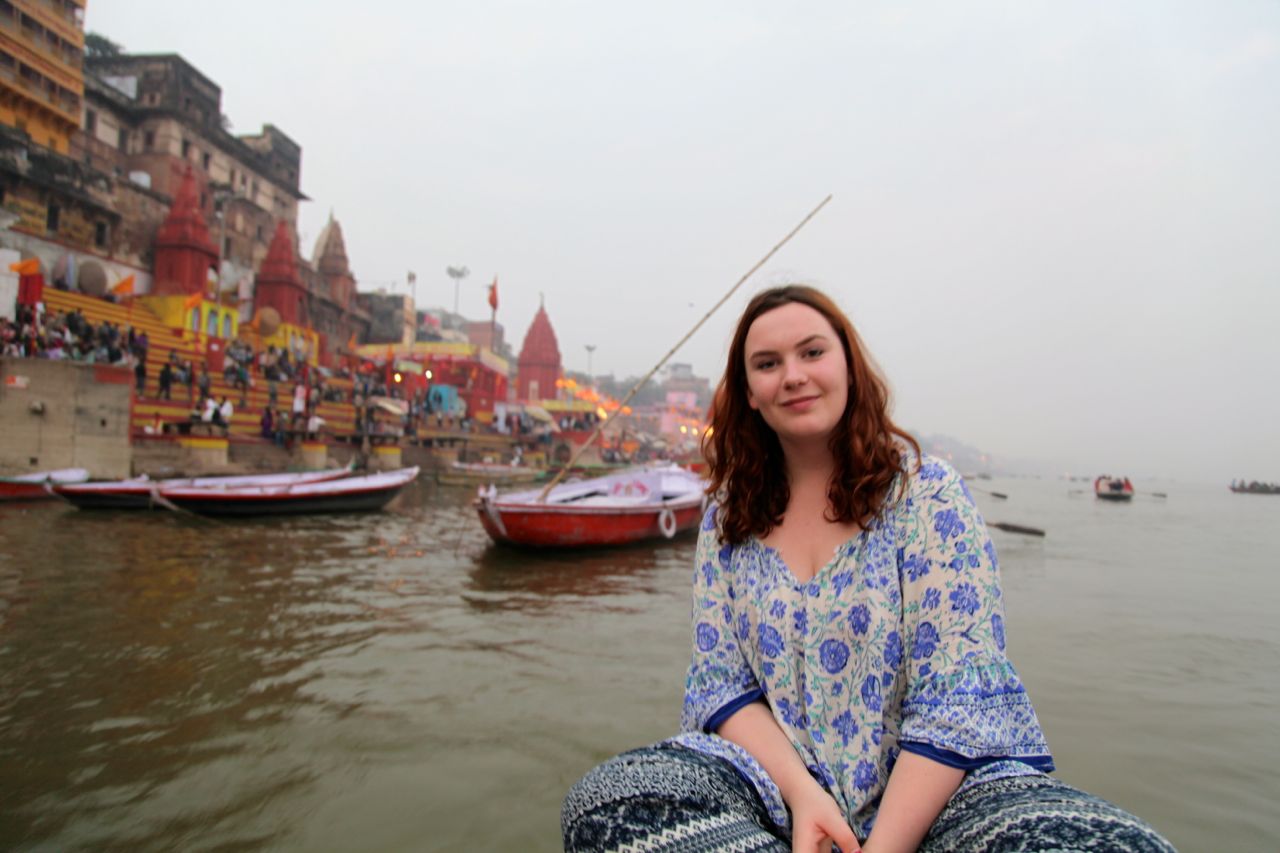Ah fuck. Well those first and last paragraphs are depressing. Here’s what I wanted out of this semester:
I’d like to come out of the course with a polished, semi-professional looking creative film piece that would improve my portfolio. I’d like to learn how to collaborate with other people well, I think this definitely could have been improved last semester in Broadcast.
I want to be able to talk about film, and understand what makes films good or bad, critically. I want to better understand my taste in other people’s work and to better understand my own style in my own work. I’d also like to improve my technical skills with Premiere and camera handling.
More than anything I’d like to do my best work. As in, to the best of my potential. I let lots of little things slide all the time, things that I know could be improved, out of laziness, or not wanting to say anything, and I want to stop doing it and start producing my best work.
So, didn’t come out of the course with a polished creative film piece. Didn’t collaborate well and if anything my enthusiasm for working in a team sunk even further. I did learn a lot from the experience though. I learned that I need to voice my opinions early on, before it’s too late.
I also learned that even morons (not saying any people that I worked with were morons) have something to offer to a creative project. I can definitely see that working in a team is a much better way to do things, not only because there are more hands on deck but because there are multiple minds working on one project and different people create in different ways. You can take the best of everyone’s ideas and collaborate to make something better than any thing that one person might have thought up on their own, even if that person was a genius. Our group didn’t manage that unfortunately, but I can see how important it is to seek out and be open to different ideas and perspectives. Even just talking to other people about an idea is really beneficial. Other people can see what you can’t, and have ideas that you won’t have that might work better than your own.
I do think that I’m better at talking about film, and I notice cuts and choreography and lighting etc much more than I used to now that I know how they are created. I now find films more inspiring, because I notice different elements and how those pieces contribute to the whole thing. It’s awesome to know how much effort goes into producing a piece of film, but also how achievable it all is.
Another important lesson was the importance of the story. As film makers learning to use equipment I guess a lot of our focus went into being technically good. Mostly, getting great shots. But when it came to post production and the first screening in class, it was easy to see that the story is the most important. If the story is great, and the footage tells the story well, it’s a great film. A well shot film with no story, or a story that you can’t follow, is a good-looking, shit film. Kind of like an attractive guy with a shit personality, who is terrible in bed. Someone is going to like him, but that person is going to be incredibly boring and probably not very smart.
My skills with the camera and with Premiere were definitely improved, a lot. Ta.
With that last paragraph I really failed myself though. I feel like I really should have just said, ‘nah, let’s not go with that script’, or, ‘I know it’s a pain in the ass to have to do auditions but let’s just do it anyway’, or, ‘for fuck’s sakes it’s only one fucking night let’s just do the movie night thing,’ or, ‘please don’t bring your shitty DSLR’. If I had have I think things would have gone a lot better. It was laziness and it was being too nervous to speak up, just as I predicted at the start of the semester. And because of it I didn’t do my best work, just like I predicted at the start of the semester.
But all in all, it was worth it and an absolute pleasure, most of the time.

